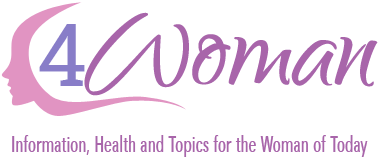Women with disabilities
Today's modern woman has a multitude of roles and responsibilities: caregiver, wife, mother, employee, friend, and volunteer, among others. Twenty-eight million of these American women are living with disabilities, varying conditions that make these roles even more challenging because of physical or mental limitations. Various diseases and conditions produce some form of disability, and a number of them disproportionately affect women.
In general, the severity of a disability is described in terms of how much that disability limits one's daily activities. Women are more likely than men to be limited in the amount or kind of major activity they can perform. However, disability rates for both sexes increase as age increases. Depending on the source, the word disability is defined in different ways. For this site, we use the Department of Justice definition of physical disability:
(1) any physiological disorder, or condition, cosmetic disfigurement, or anatomical loss affecting one or more of the following body systems: neurological, musculoskeletal, special sense organs, respiratory (including speech organs), cardiovascular, reproductive, digestive, genito-urinary, hemic and lymphatic, skin, and endocrine; or
(2) any mental or psychological disorder, such as mental retardation, organic brain syndrome, emotional or mental illness, and specific learning disabilities.
Despite the many definitions of disability, one fact remains constant: the number of Americans with a disability is steadily increasing. Our nation's citizens are living longer, and the population of older Americans is swelling as the baby boomers age. With these demographic changes comes an increased prevalence in age-related disabilities. Fifty-eight percent of women age 65 and over are living with a disability.
Some of the challenges faced by women with disabilities include:
- physical barriers, such as architectural barriers and lack of adequate transportation and support services to keep appointments, run errands, or receive medical care;
- financial restraints; and
- lack of reliable health information and services that address their needs.

